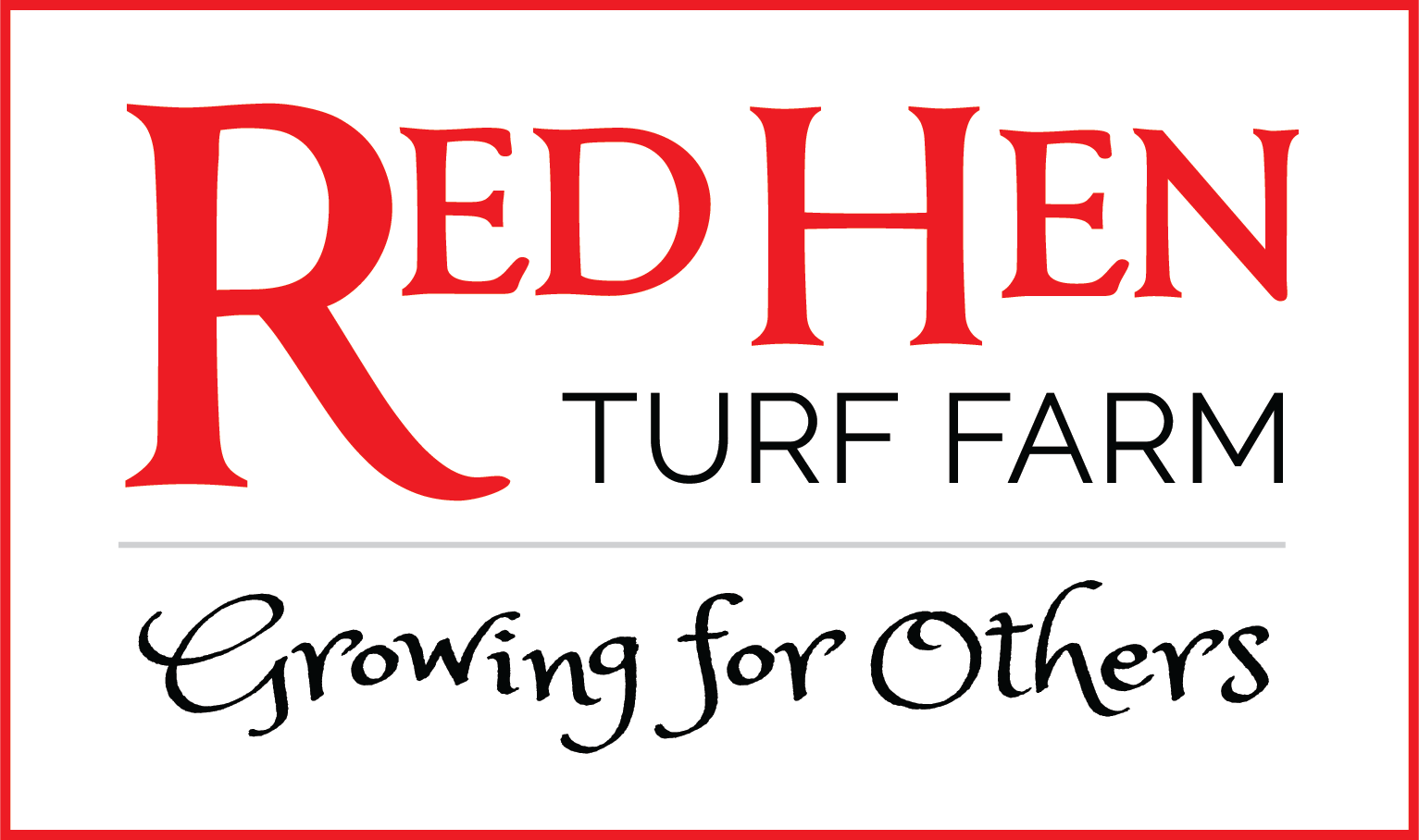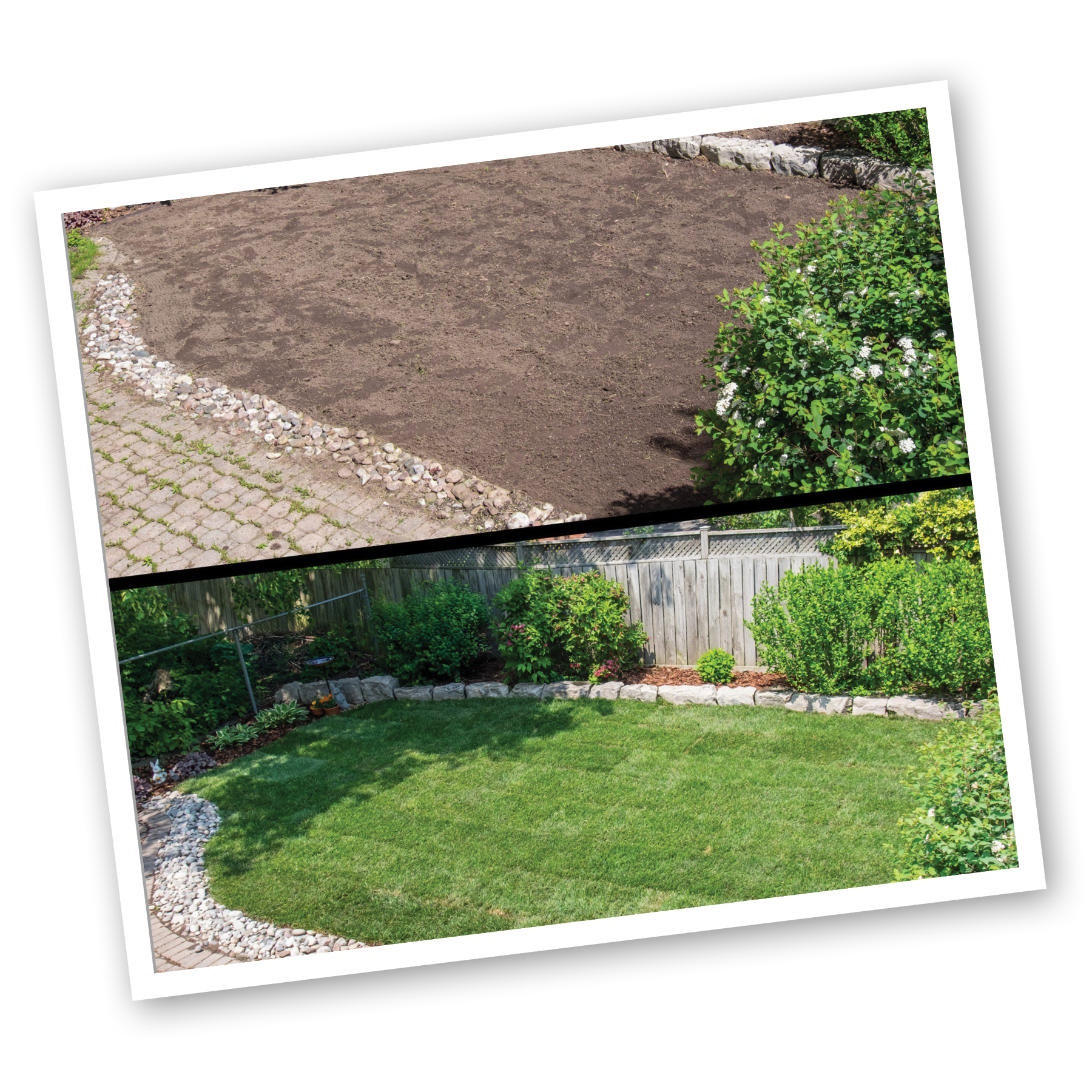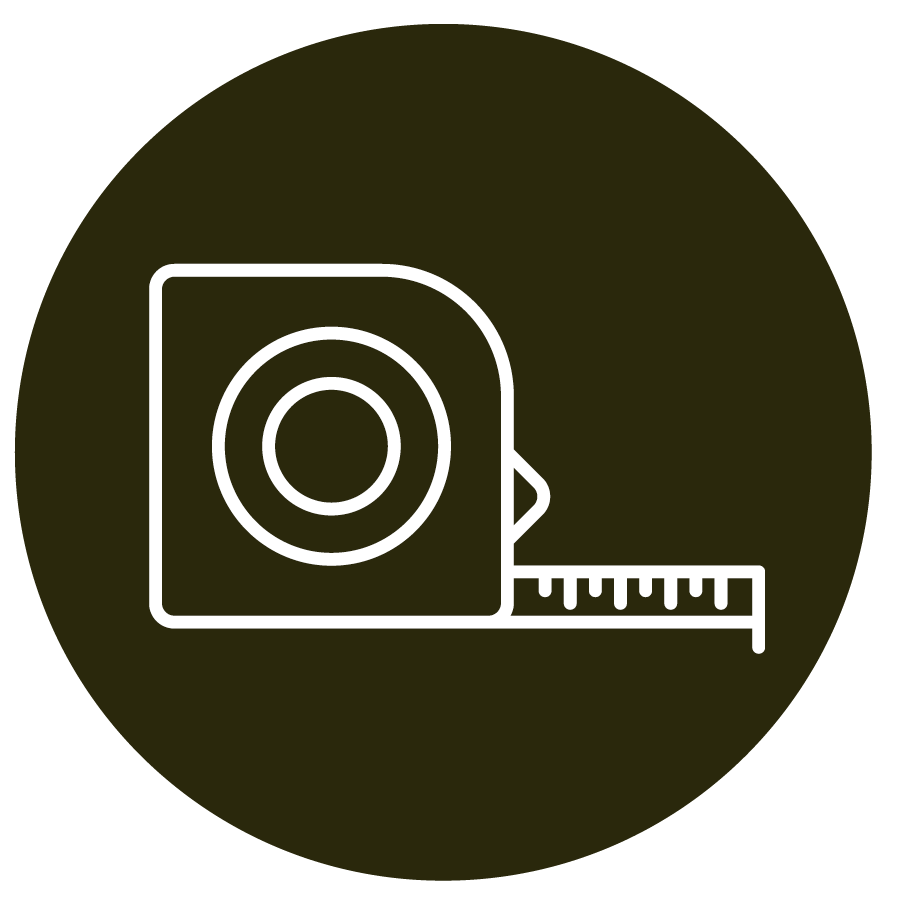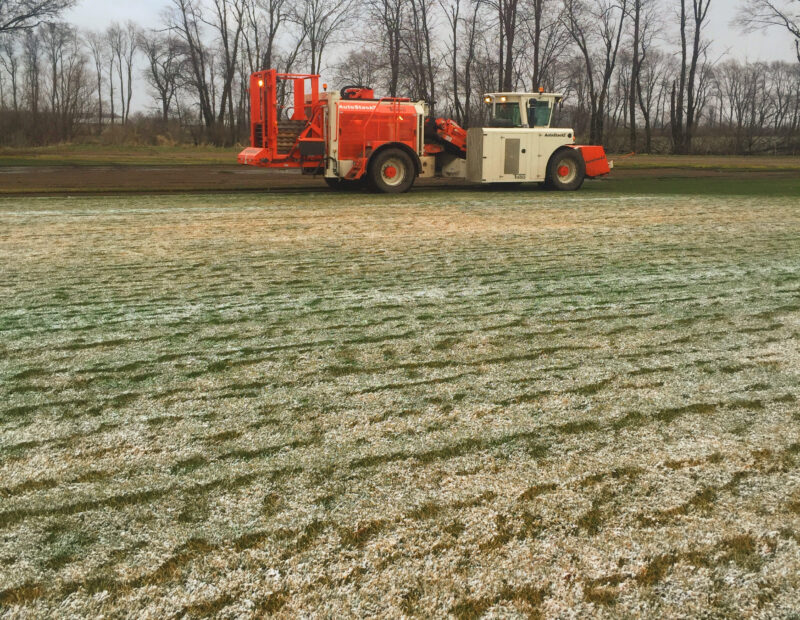Before you grab your rake, you need to know that Kentucky bluegrass sod does not do well in medium to heavy shade areas. Why?
All grass in shade is thinner, weaker, and more easily damaged than grass in sun because no type of grass loves shade. Shade reduces the amount of sunlight available and air movement around the plants. Both of these conditions are bad for grass plants. Privacy fences, rows of evergreens, and big maple trees are good examples of bad shade problems for grass. Adding lots of traffic from kids or pets makes the problem worse. Doing what you can to get in some sunlight and air movement is the first step. Kentucky bluegrass sod should not be your first choice of grass to use in shade. You might have luck with our Turf-type Tall Fescue Sod in a less sunny area. A good quality shady mix grass seed would be a better choice. Give us a call and let’s talk about your vision for your site and what options might be the best fit.




